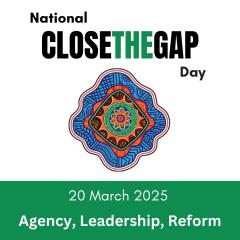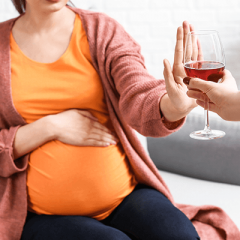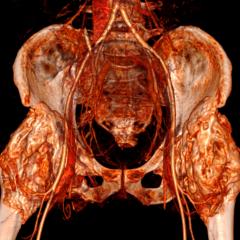A world-first study has found medical hypnosis can reduce pain and anxiety in children being treated for serious burns.
The University of Queensland’s Child Health Research Centre (CHRC) analysed whether hypnotherapy decreased pain, anxiety, and stress for children undergoing potentially painful changes to their burns dressings.
UQ medical student and PhD candidate Stephen Chester conducted a randomised controlled trial at Brisbane’s Lady Cilento Children’s Hospital involving 62 burns patients aged between four and 16.
“The children were randomly assigned to either the hypnotherapy or standard care group, and measures of pain, anxiety, stress, and wound healing were taken at each dressing change,” Mr Chester said.
“Children in the hypnotherapy group reported 70 per cent lower pain and 67 per cent lower anxiety scores on average, compared with those receiving standard care before their second dressing change.
“Before the third dressing change, the hypnotherapy group had 90 per cent lower pain and 84 per cent lower anxiety. These results are clinically significant.”
Mr Chester said the parents of children in the hypnotherapy group also reported significantly lower ‘worst pain’ ratings on behalf of their children across all dressing changes.
“Children receiving hypnotherapy had significantly lower heart rates before and after their third dressing change.”
Heart rate is used as an objective physiological measure of pain and stress, with lower rates generally indicating lower pain and stress.
Mr Chester said previous research had shown adults with burns benefited significantly from hypnotherapy through reduced pain and anxiety, lower medication usage, shorter hospital stays, and cost savings.
“Children and teenagers are generally more responsive to hypnotherapy and therapeutic suggestion than adults so we were very keen to investigate medical hypnosis in children with serious burns,” he said.
“We are not replacing pain and anxiety relieving drugs, but examining whether medical hypnosis and medication together can help these young patients who have often been through a very traumatic time.”
Mr Chester, from the UQ-Ochsner Clinical School in New Orleans, Louisiana, trained as a hypnotherapist with the American Society of Clinical Hypnosis last year.
“I initially approached it with a certain level of scepticism but soon realised anaesthetists and dentists already use these techniques without labelling them as hypnosis or hypnotherapy.
“One of the great things about it is that it has no side-effects and it’s completely safe.”
Mr Chester said clinical benefits demonstrated in the trial could extend beyond the burns ward.
“Children are often anxious when they’re being treated for fractures and asthma, and about injections and needles.”
“If more clinicians were trained in hypnotherapy we could reduce the stress for many children, their families, and the hospital staff who treat them,” Mr Chester said.
The research protocol is published in Trials.
Media: Stephen Chester, sjackchester@gmail.com , Bernadette O’Connor,bernadette.oconnor@uq.edu.au, 07 3365 5118, 0431 533 209.



